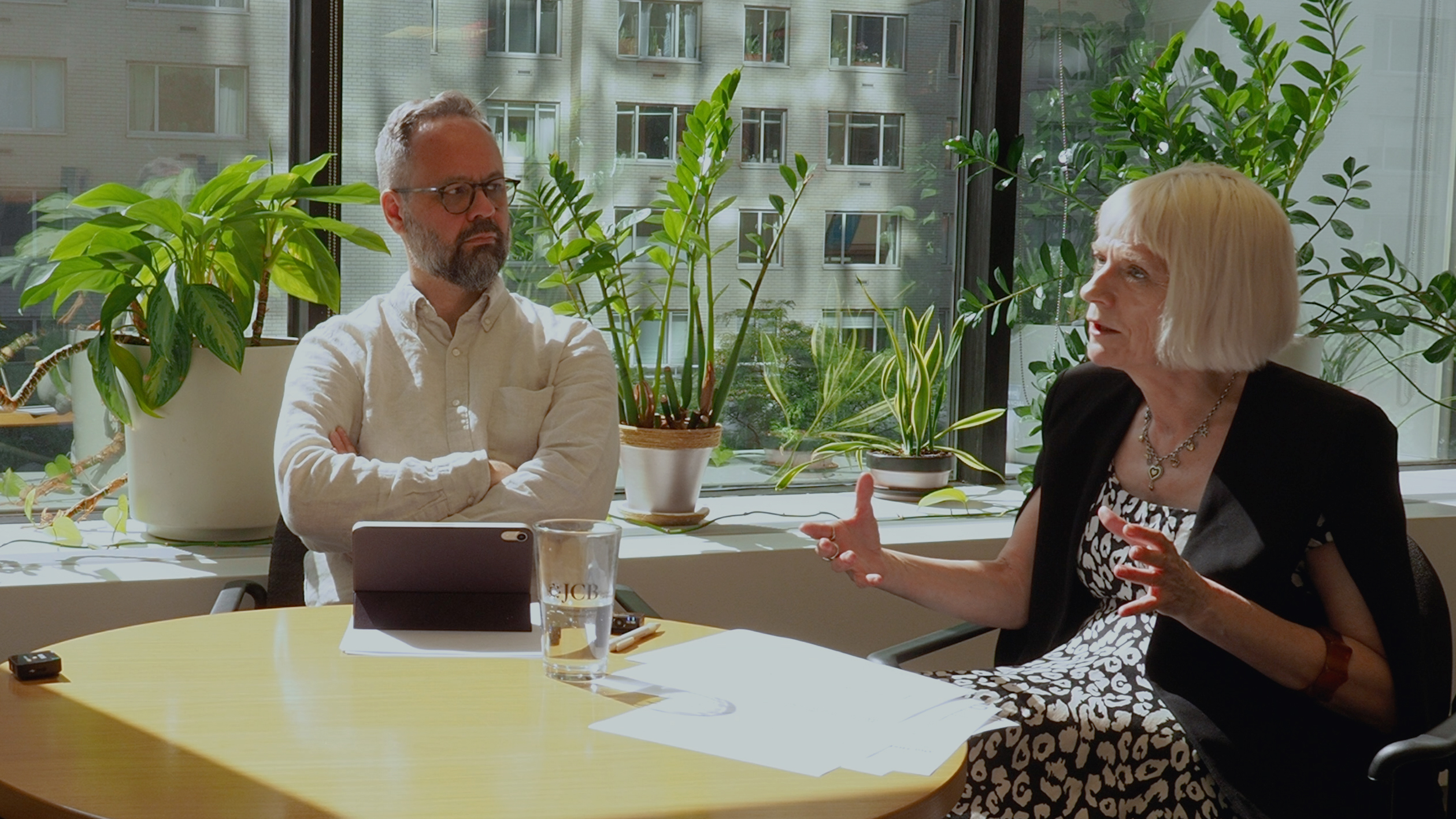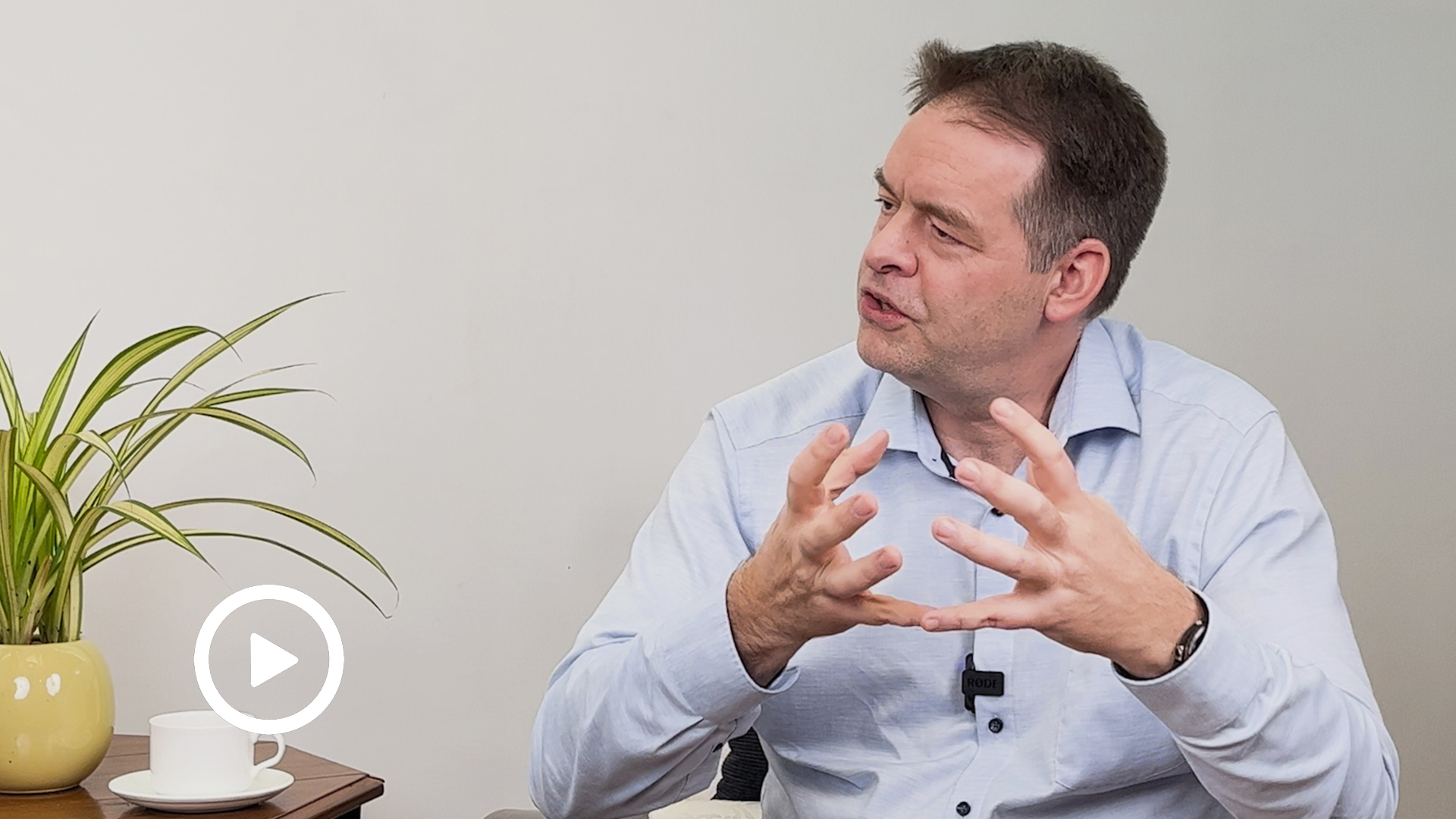INDUSTRY INSIGHTS
The Story of Our Ongoing Organisational Transformation
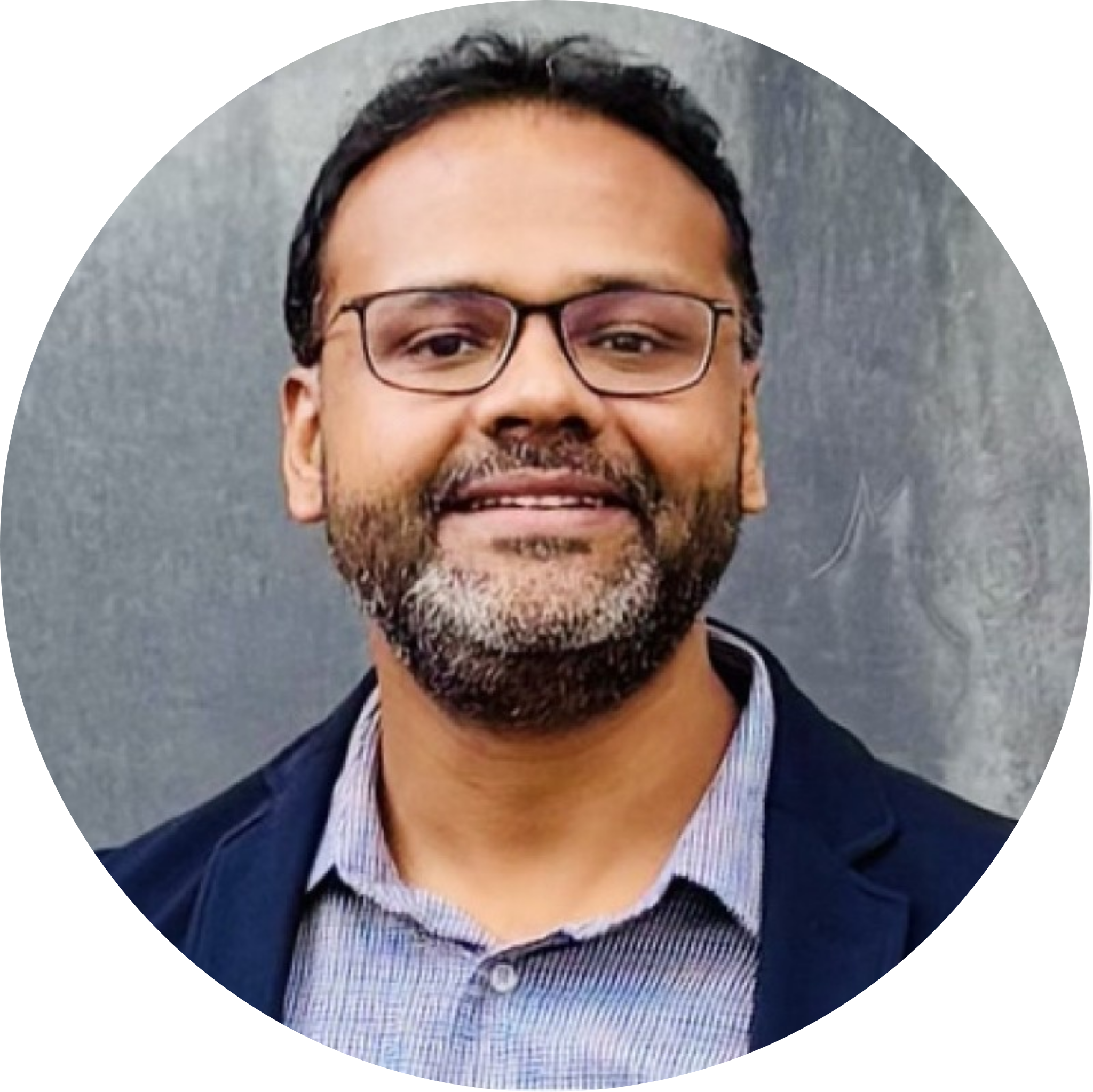
Neelanjan Sinha
VP – Product & Technology
Where It All Began
Two years ago, when I took on this role, our leadership had a clear goal: to build on TNQTech’s strong foundation and take the next step in our evolution. The vision was to move from being a service-led organization to one that is product-centric, combining the best of technology, design, data, and domain expertise to deliver greater value to our customers.
My mandate was to help drive this transformation, to bring structure, focus, and a product mindset into how we think and operate.
In those early months, I chose to start by listening. I spent time understanding people’s work, their workflows, and their experiences. I saw myself as a sponge, absorbing perspectives rather than prescribing solutions.
As I listened and watched, some patterns started to emerge.
Everyone’s calendars were full and people were feeling burnt out, and yet progress felt slow. There was a tension between veteran team members who had decades of experience and newer members who came equipped with enthusiasm and a torrent of good ideas. It felt like we were spending a lot of our time firefighting in our separate teams.
We had a good, strong foundation, built on years of dedication and capability. But it was also clear that to reach the next level, we needed to pause, reflect, and align. To think not just about delivering more, but delivering better. We had to evolve from executing efficiently to thinking effectively, from focusing on output to understanding which problems truly mattered and shaping solutions that moved real outcomes forward.
In short, we had to evolve, not just in what we build, but in how we think. And that’s where our journey began.
Why We Needed to Transform
A few of us came together to reflect on our observations and asked ourselves if there was another path forward.
We realised that delivering services wasn’t enough, we had to shift our focus to solving real problems for our customers. In order to do that, we had to transition into a product-centric organisation.
The need for this transformation became more clear as we listened more closely to our customers, our teams, and the industry:
- Our customers wanted solutions that were faster, more intuitive, and scalable.
- From our people, we got insights that balanced wisdom with new perspectives.
- And finally, our competitors were beginning to shift towards product-centric approaches, creating new benchmarks for innovation and customer experience.
In simple terms, a product thinking mindset means that whatever we do, we do it to solve some core problem for our customers. Everything else is secondary.
The last two years have been a period of meaningful change for us, and the journey continues. I’m sharing some of our learnings here in case they are helpful for others who want to make this journey.
How We Built the Foundation for Transformation
Once we had clarity, we began building the foundation for transformation. This effort focused on three key pillars: a product thinking mindset, empowered teams, and a technology backbone.
1. Product thinking
- Starting with the problem: Every initiative began with gaining a deep understanding of the customer’s pain points, not just feature requests.
- Embedding continuous discovery: ‘Inspired’ by Marty Cagan and Teresa Torres, we brought ‘continuous discovery habits’ into our daily rhythm, enabling an iterative validation of ideas.
- Setting product goals: Each product was tied to clear business outcomes, creating independent streams of value while strengthening the overall portfolio.
- SaaP (Service as a Product): We began reimagining every service through a product lens. This meant designing for consistency, transparency, and scalability, much like how companies such as Amazon and Uber use product thinking to bring operational excellence, and exceptional customer experience despite the scale and complexity of their offerings.
2. People as the catalyst
We focused on empowering teams with clarity, capability, and ownership:
- Clear roles: Standardising roles and career paths provided teams with a strong sense of direction.
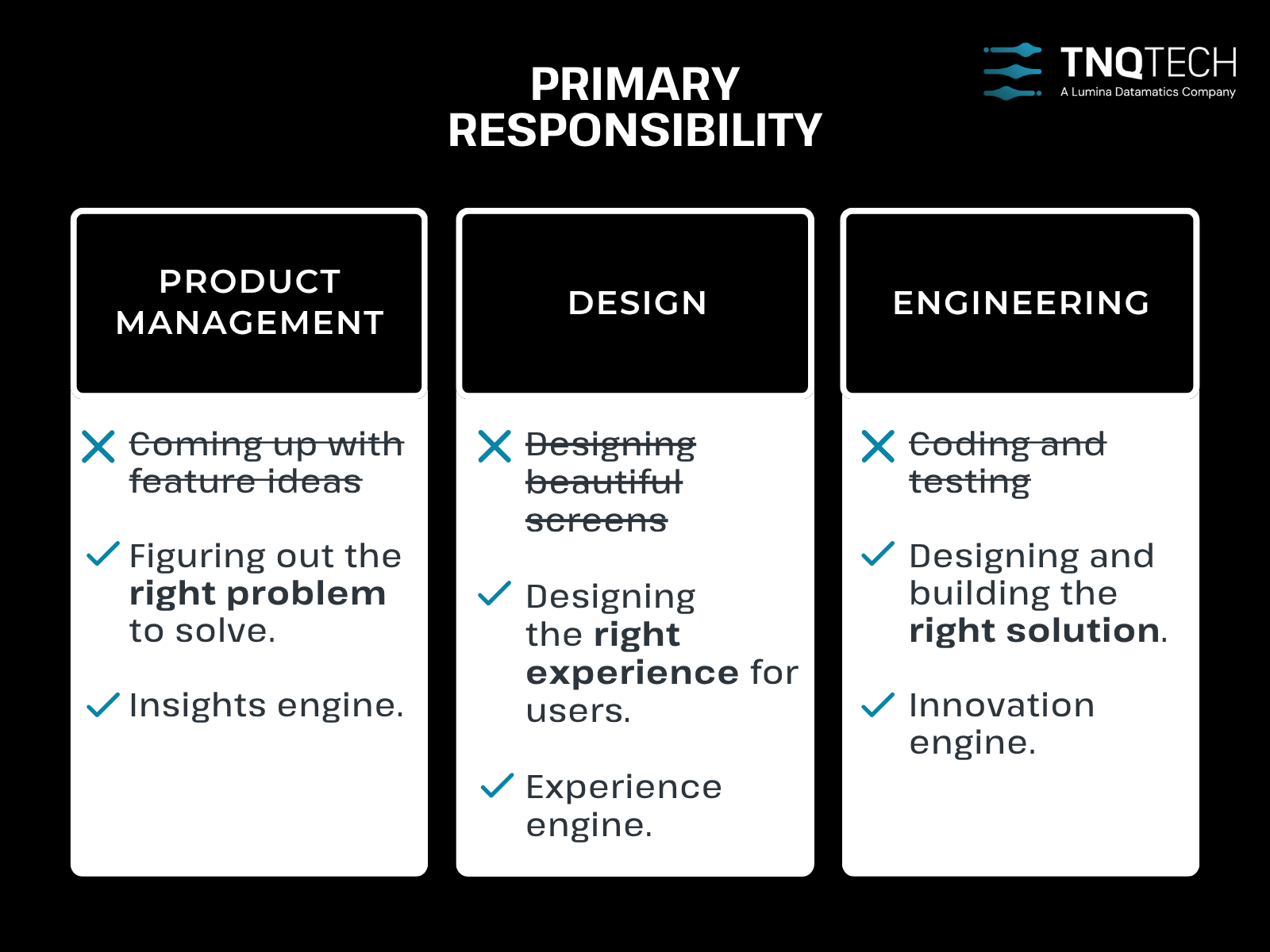
- Raising talent density: We redefined people management, stepped up our coaching of existing talent, and increased the rigour in hiring.
- True cross-functional collaboration: Triads of Product, Design, and Engineering worked together from ideation to delivery, fostering alignment and shared ownership.
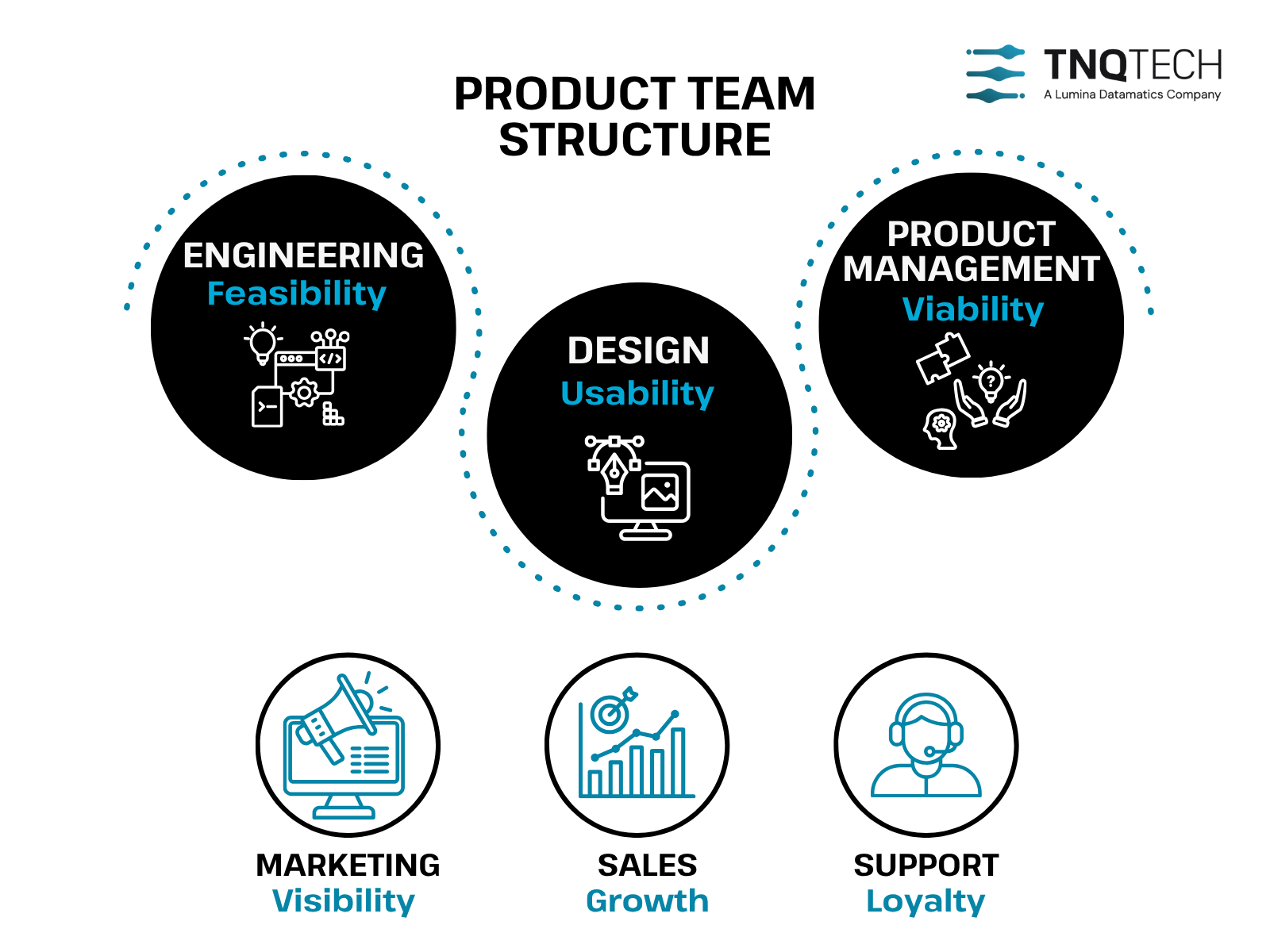
3. Technology as the enabler
Technology became the backbone of our transformation:
- Browser-based products: We reimagined all our tools, components, and platforms from the ground up. We rebuilt them as browser-based products with data and design as the key levers, to enhance the author experience, publisher experience, and enable data-informed decisions across workflows.
- AI and automation: We use ML and automation to amplify human capability, handling repeatable tasks, surfacing insights, and freeing people to focus on creativity and complex judgment.
How We Stayed Aligned
- Principle #1: Work Vision-Backwards and Reality-Forwards
- Principle #2: Be Proactive, Not Reactive
- Principle #3: Clarify, Then Commit
- Principle #4: Maximise Outcome, Optimise Output
- Principle #5: Quality Speeds Things Up, And Eventually Compounds
- Principle #6: The Sum Is Greater Than Its Parts
- Principle #7: Communicate to Align
Balancing Continuity and Change
Transformation is rarely a blank slate. We had to evolve while preserving what made us successful. Working vision-backwards and reality-forwards ensured we stayed grounded while moving ahead.
- What we want to preserve: Our focus on creating true value for customers, our commitment to quality, and our culture of collaboration.
- What change we want to embrace: a product-centric culture, in which teams are problem-solvers rather than order-takers, data-informed decision-making, and empowered teams that have the autonomy to experiment and innovate.
Embracing the Future
Transformation is rarely a blank slate. We had to evolve while preserving what made us successful. Working vision-backwards and reality-forwards ensured we stayed grounded while moving ahead.
- What we want to preserve: Our focus on creating true value for customers, our commitment to quality, and our culture of collaboration.
- What change we want to embrace: a product-centric culture, in which teams are problem-solvers rather than order-takers, data-informed decision-making, and empowered teams that have the autonomy to experiment and innovate.
The Journey Continues
We began our journey by interrogating why we needed to change, and continue to ask ourselves questions as we look to the future of technology. Shifting to a product thinking mindset, empowering our people, and focusing on strengthening our technology backbone has enabled this transformation. Our journey continues and may take on new facets with the rise of GenAI.
These are some of my reflections at the end of a fulfilling couple of years, and I’m sharing them in the hopes that parts of our story might be useful for others.
Stay tuned for the next blog post, in which I’ll tell you more about the 7 Tech Org Principles and the story behind how they came to be!

